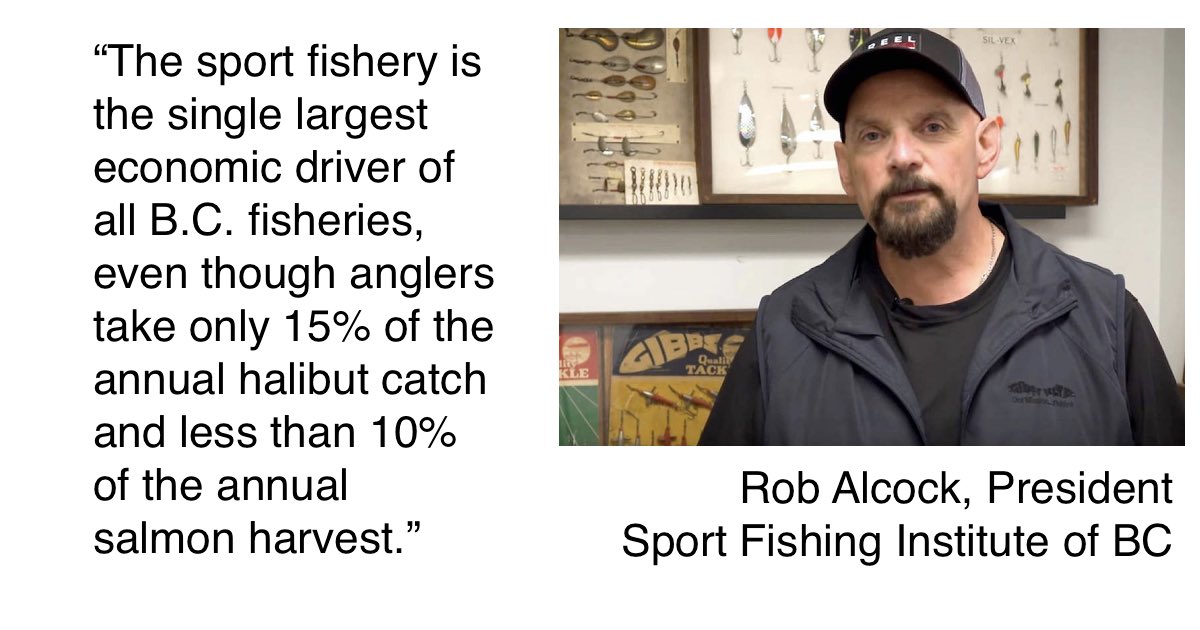
As we enter the second half of the election, many issues compete for the attention of voters and candidates. Although quite a bit of discussion has been focussed on the environment and jobs, there has been less conversation about one of the key intersection points of these larger issues—fisheries, and the important role they play in the economy of many BC coastal communities and the lifestyle and family traditions of their residents.
The BC public fishery and related businesses provide perhaps the best example of how important fisheries related activity is to us. On average, more than 300,000 BC recreational fisheries licenses are sold each year, making it both one of the most popular pastimes for residents and a key component of our sustainable tourism economy. According to statistics provided by BC Stats, this fishery produces $1.1 billion in annual sales and has created more than 9,000 jobs and 3,950 person-years of employment, resulting in a $398 million contribution to the province’s Gross Domestic Product. The sport fishery is the single largest economic driver of all B.C. fisheries, even though anglers take only 15% of the annual halibut catch and less than 10% of the annual salmon harvest.
Given the importance of this fishery to small communities throughout BC, it seems relevant to remind candidates that without a vibrant and sustainable public fishery, the economies of small communities like Port Hardy, Bamfield, Campbell River, and many others will be severely diminished. The result will be a significant loss of jobs, which will translate in to increased housing, social services, and affordability problems. Like the environment, these things are all connected.
The salmon fishery is the key driver of the public fishery in BC, and the Chinook fishery is the key driver of all salmon fisheries. The hard lessons learned by the unnecessary implementation of Chinook non-retention over much of the south coast needs to be reversed, and political parties need to focus on solutions, not simply highlight problems.
Jonathan Wilkinson, Minister of Fisheries, Oceans, and the Canadian Coast Guard, has falsely claimed that Chinook salmon as a species are either endangered or at risk of extinction in Canada. This is simply not true. Those that try to argue this are either badly misinformed or are blatantly trying to mislead the public for questionable motives. Not only is the claim inaccurate, but it is extremely damaging to BC’s reputation and the public understanding of what is happening on our coast and river systems. Many BC Chinook runs this year are way above average or even at historic highs, as evidenced by what was seen in tidal waters this summer and in the huge returns many of our rivers are experiencing this fall.
There are Chinook stocks of concern in the mid to upper Fraser River and on the Skeena River that are in serious decline. These stocks deserve attention and defined plans to aid in restoration of their habitat and the use of enhancement and other tools to provide short-term rebuilding. It is these Chinook stocks that are affecting access to much more abundant Chinook runs that are available all over the Pacific coast.
There is a simple solution to this dilemma, and it lies in the highly selective nature of the public fishery. Before removing a salmon from the water, it can easily be determined if it is wild, and therefore potentially from a stock of concern, or was produced for harvest in a government or volunteer run hatchery.
Canada produces more than 35 million hatchery Chinook every year, and in Washington State the number is more than 150 million. These hatchery-produced Chinook are intended to provide fisheries all along our coast and river systems. At this time in Canada only about 10% of these fish are “marked” by the removal of the adipose fin, a small fin on the back between the dorsal fin and tail. Mass marking 100% of the fish Canada already produces will properly identify the abundance of hatchery fish and would provide a dramatic increase in harvest opportunity in many areas of the coast. This is particularly the case in areas hit hard by Chinook restrictions in 2019. And this is without producing any more hatchery Chinook than we currently do!
Mass marking all hatchery Chinook, providing for marked-only fisheries for the public to move harvest away from stocks of concern, and initiating intensive habitat protection and strategic enhancement plans to rebuild troubled stocks are all required. These are not complicated adjustments or plans, but they do require dedicated funds and a genuine spirit of sharing between all Canadians. Adjusting the public fishery to harvest marked Chinook is not hard and is only limited by the political will to make it happen.
Please take the time to make candidates understand that the public fishery is important to you and your community. Get out there and ask about Marked Selective Fisheries (MSF), and other fishery questions too. Make sure local politicians understand that the public fishery is important to their riding, that their input on these important issues is vitally important, and that their responses will be held to account following the election.
Disclaimer: The views and opinions expressed in Island Fisherman Magazine Opinion Editorial (IFM Op-Eds) are those of the author, and do not necessarily reflect the opinion of Island Fisherman magazine. If you’re interested in writing an IFM Op-Ed, please send an email to fish@ifishmag.com
2 Comments
Leave A Comment
Visit the Store
$34.99
$34.99
Featured Catch
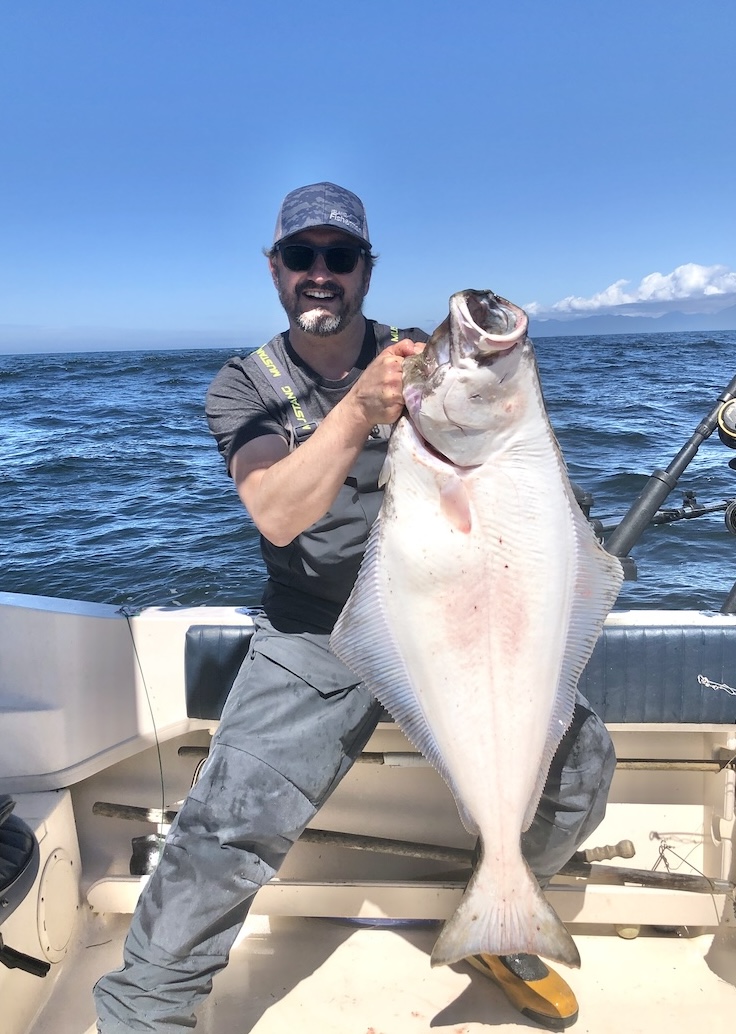
Joel Unickow halibut (Photo: Rob Frawley Lucky Strike Sportfishing Tofino)
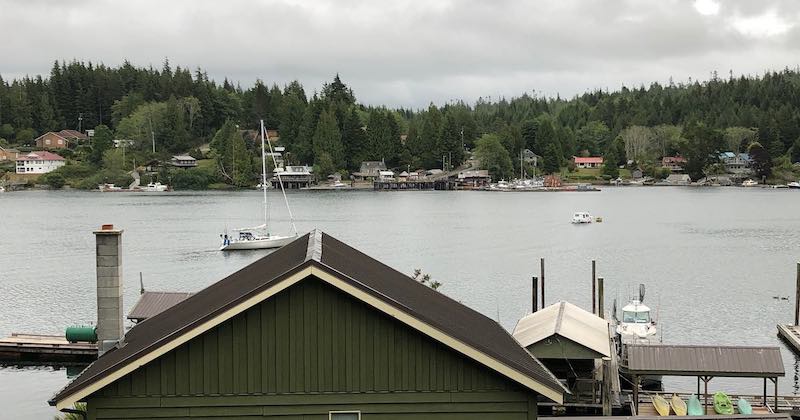


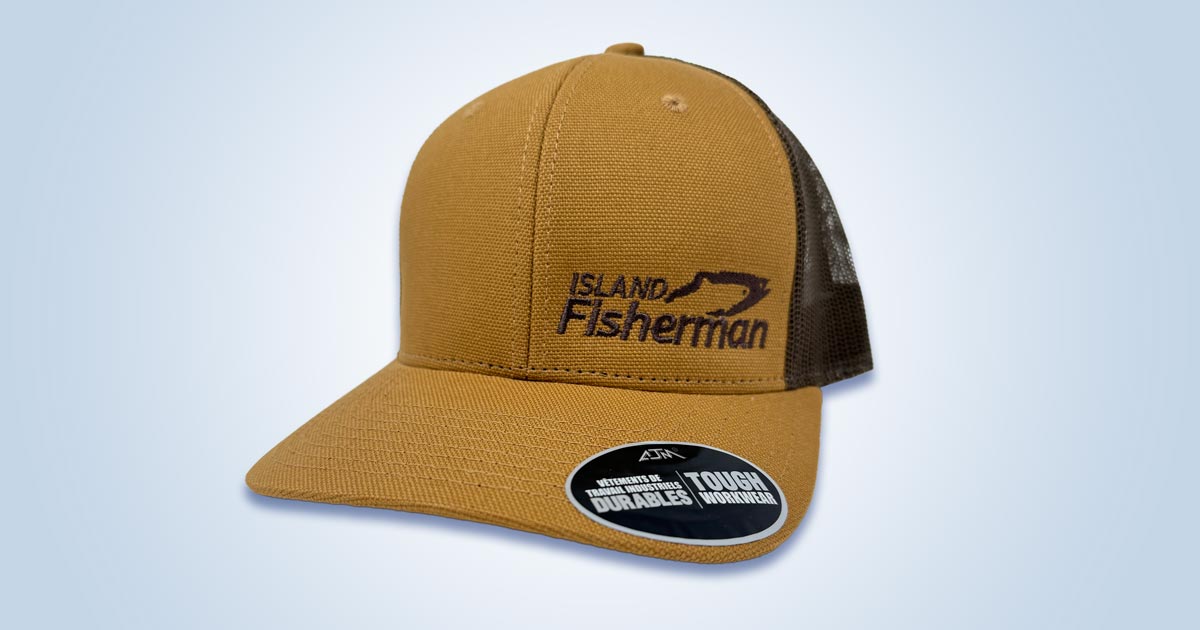

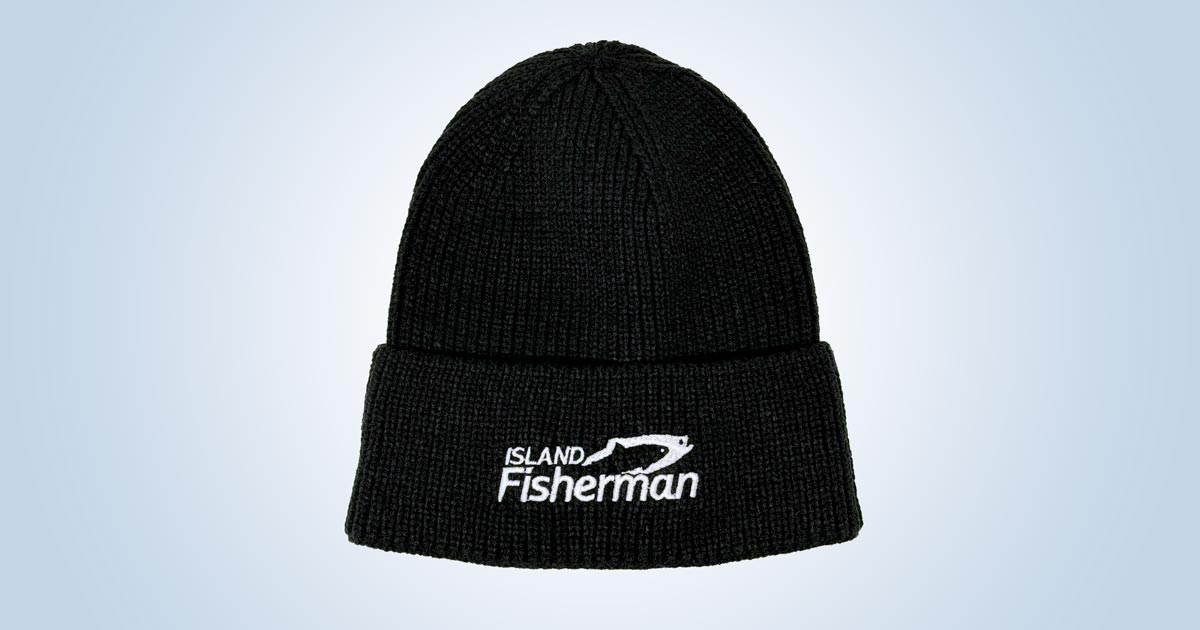
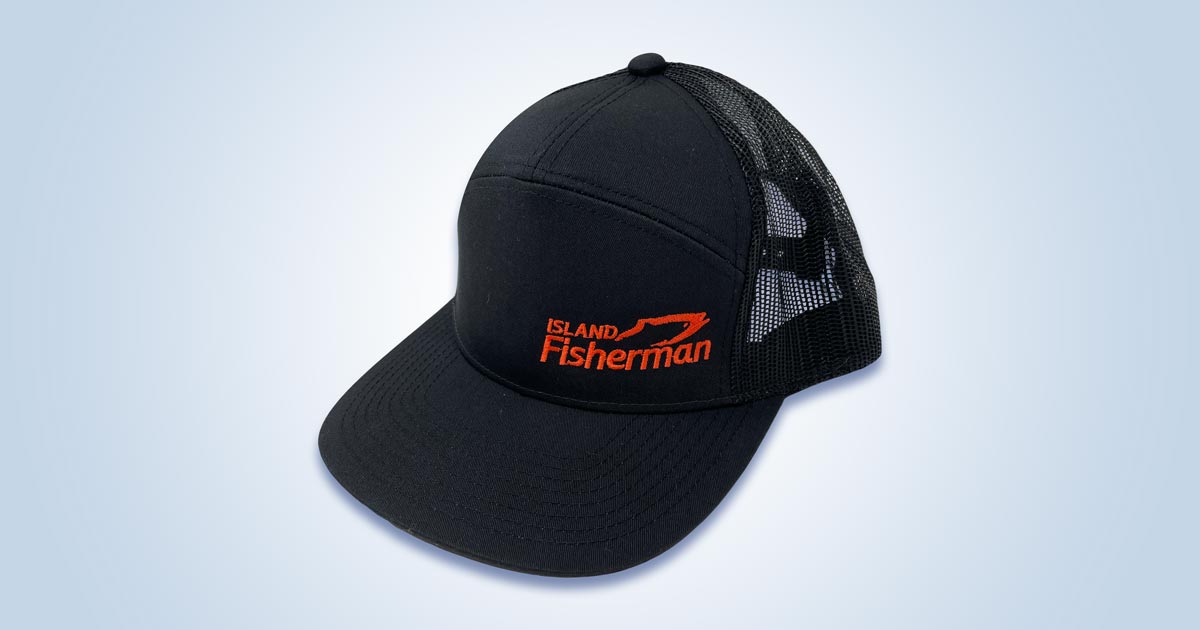
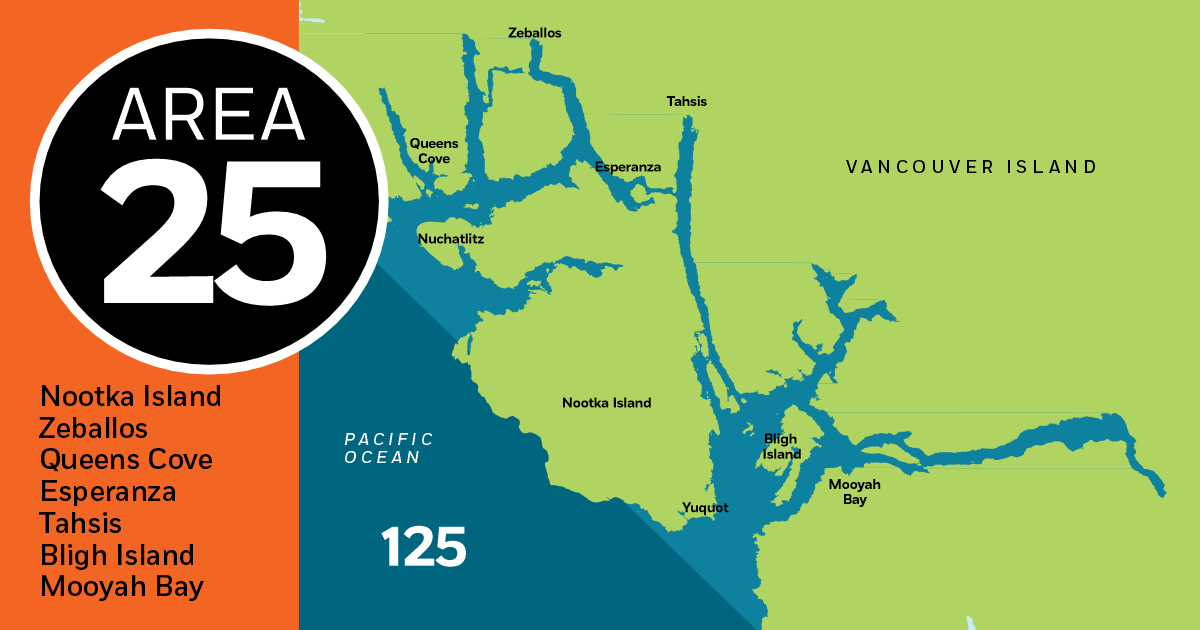
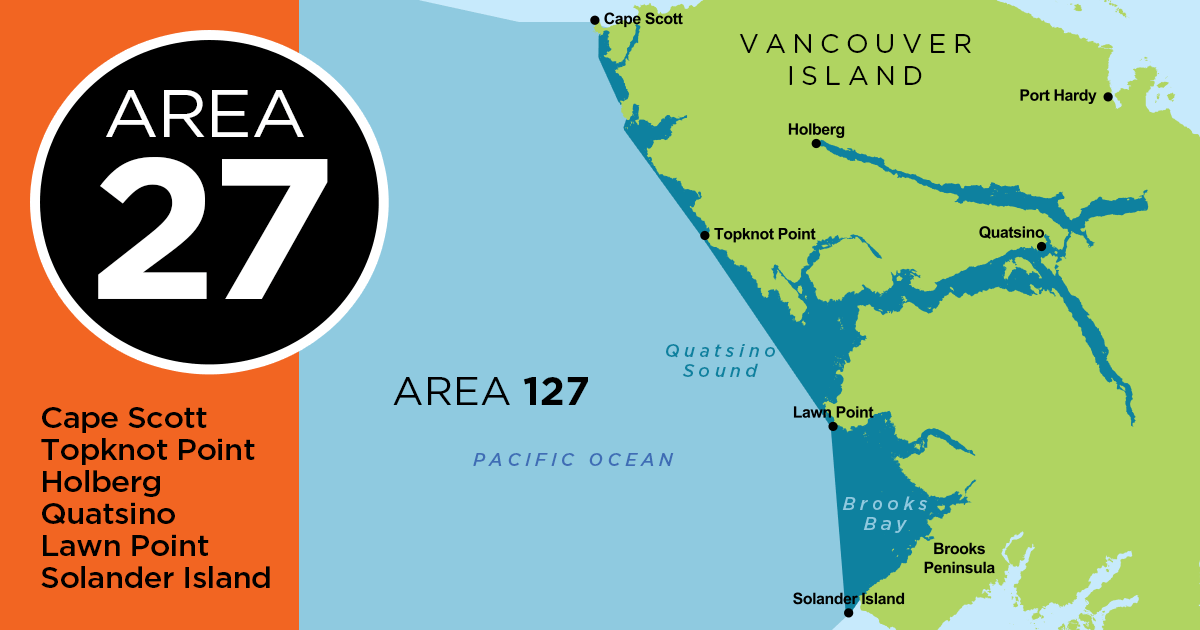
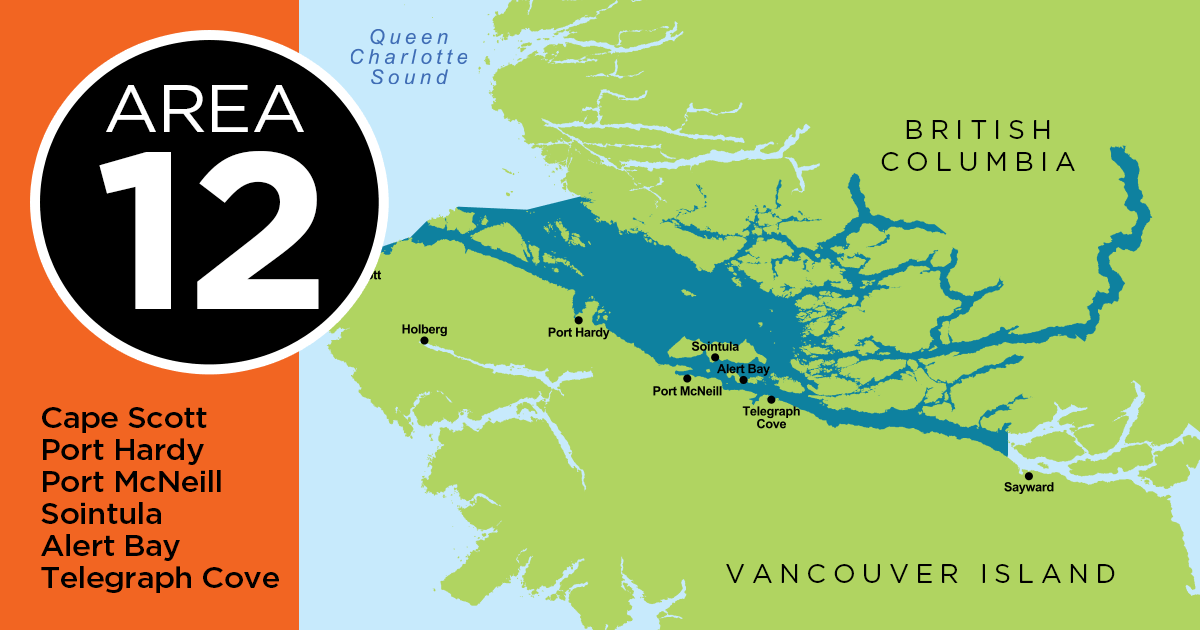
Great article Rob. We need more like this. I would suggest anglers and enhancement volunteers follow your lead by going even further- Submit letters or guest editorials to local newspapers, or arrange for interviews on local radio shows to spread the Mark Selective Fishing message. The voting public is not getting this message strongly enough. If it shows up in media it will support face to face discussions with candidates in all the important ridings. There is still time to influence the election outcome.
You have no real idea of the catch rate, when you are allowed to print off as many licenses that you want . I know of many people that use a few licenses every year including some guides and then give the fish to there guests